Well, here we are, already a few days into a new year. I naively hoped it would be unnecessary to reflect on the effects of the pandemic in my first post of 2022. Sadly, we have spent another year in a state of uncertainty. I can only hope that you and yours are well.
It’s unfortunately impossible to look back at a year of wildlife photography without at least briefly acknowledging the logistical impacts the restrictions (both enforced and those we voluntarily placed on ourselves) had on my plans. We abandoned plans to visit remote locations, seabird colonies, and even a local red squirrel location that closed for the season before we could make the trip.
While we restricted our travel, knowledge of – and passion for – my local patch grew. With it, my confidence blossomed. I turned 40 in 2021 and realised that I’m comfortable with my progress, still capable of challenging myself and, most importantly, I enjoy every moment of watching and photographing the natural world.
2021 highlights
Images inspire
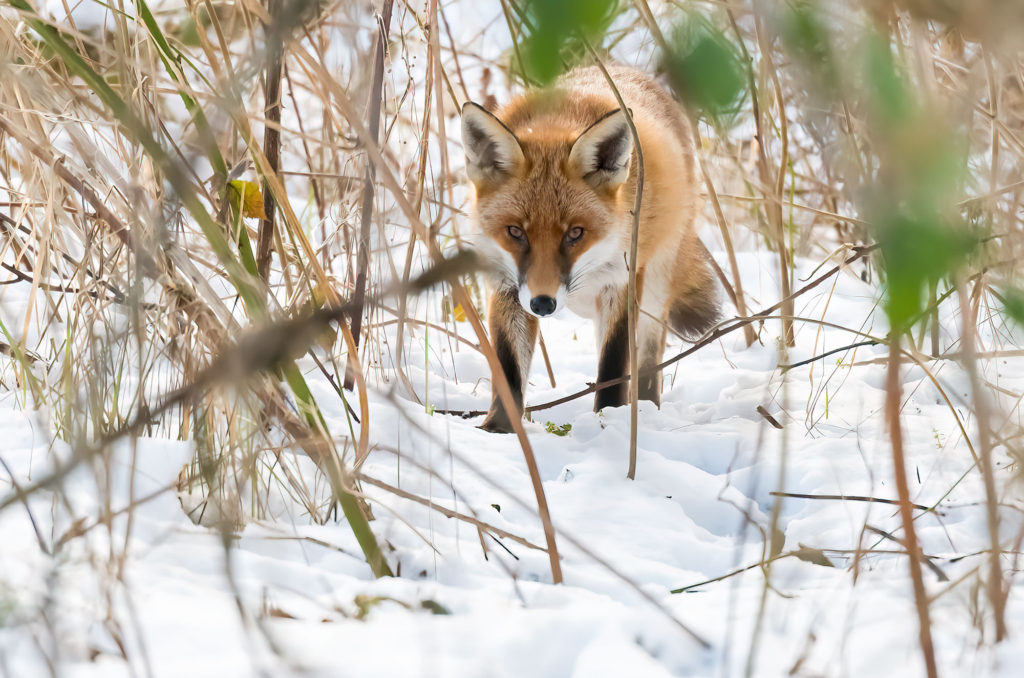
It began with photographing foxes in the snow a few minutes away from my home. I was working on my nature writing skills and decided to use the wintry experience as inspiration, which led to me entering the Countryfile New Nature Writer of the Year competition. The resulting success was a bit of a shock. So, if you are similarly inspired by your encounters with wildlife, don’t hold back. If you want to draw or paint your images, do it. If your time behind the camera brings words into your head, write them down. My work in 2021 proved that our art doesn’t have to be limited to the images we make.
Staying local paid off … again
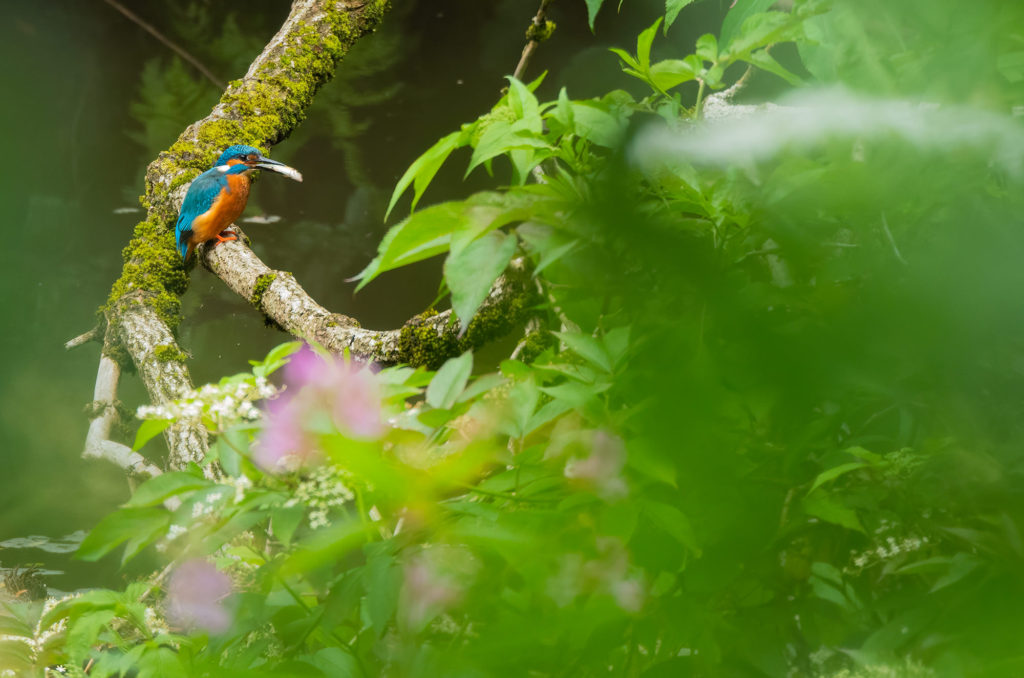
My local patch came up trumps for photography in another year of restrictions. At the start of 2021, I discovered that my local foxes were active during the day. This knowledge led to months of regular encounters and camera trap footage until the vegetation grew so tall through the spring that the foxes seemed to melt into the landscape, eventually disappearing from view in the summer. Around that time, I was alerted to the location of a kingfisher nest. With a little research and a lot of patience, I captured my first decent images of these stunning birds. In the summer, breeding lesser black-backed gulls returned to the rooftops of my street and my urban gull photography project generated the first set of images and inspired a video on starting a local patch photography project.
What I learnt
Perfect is the enemy of good
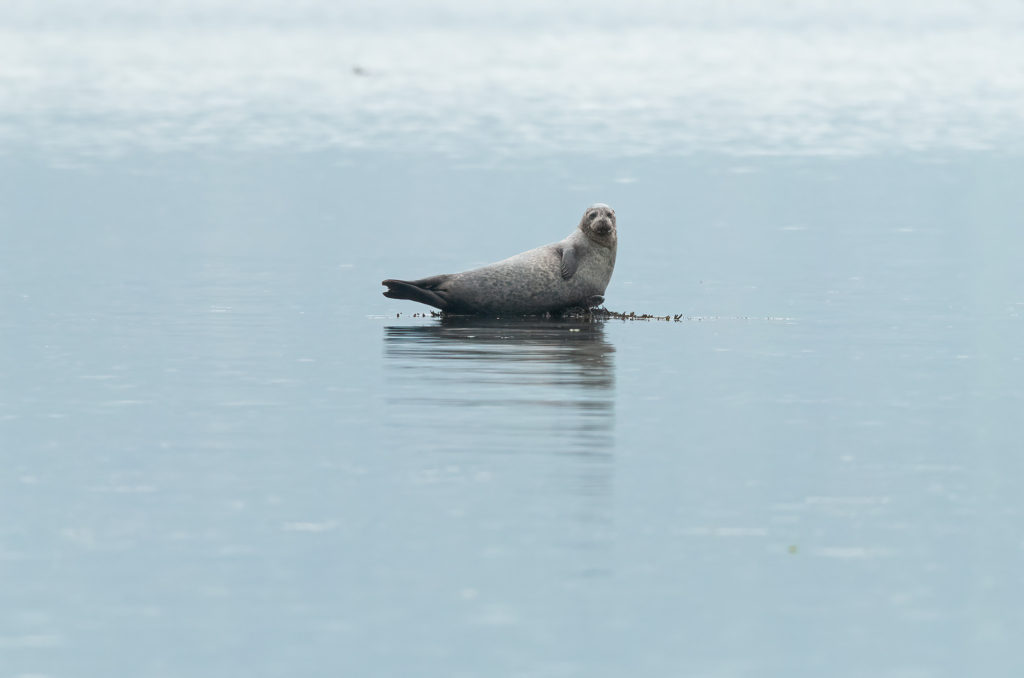
Have you been advised to share only your best work? While this is a great tip, there is a real danger from the constant search for the perfect image. It’s easy for doubts to plague your thoughts and ruin any initial good feeling you have about something you’ve created. I dragged myself out of that mindset during 2021, and I’d advise other amateur wildlife photographers to do the same.
I have developed my skills using post-processing tools to improve images that I would have previously discarded. For example, Topaz DeNoise AI has helped me salvage incredibly noisy images, which I wouldn’t have wanted to publish – like the image of a harbour seal above. Revisiting and reprocessing images has also led to me rediscovering the love for photos that had sat on my hard drive for years.
Goals (and gulls) are great; monitoring progress is better
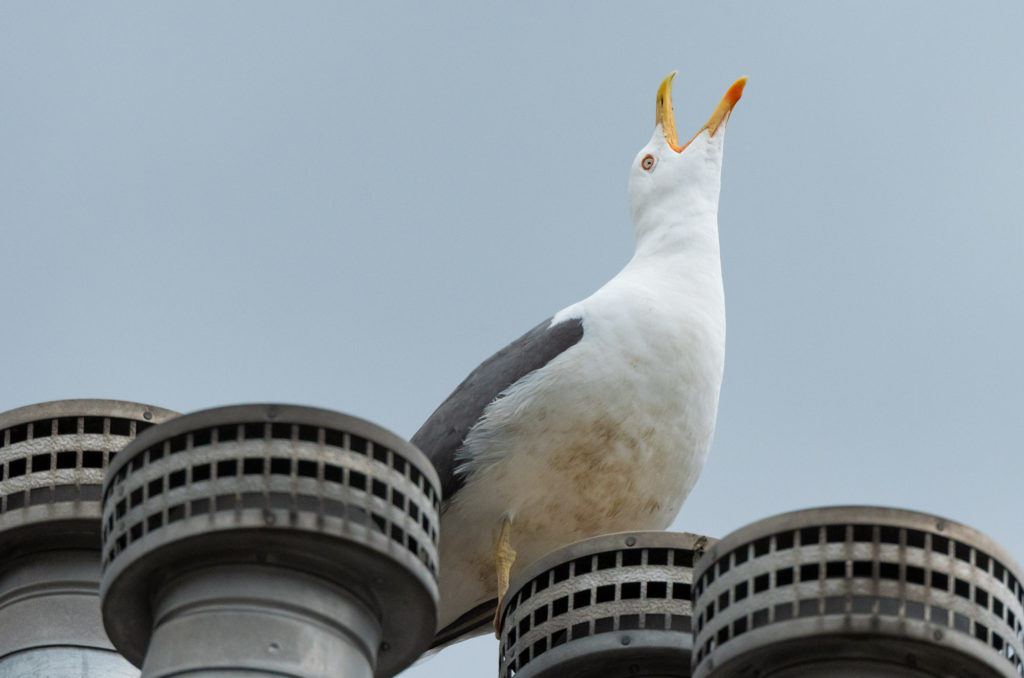
I’ve been using a Zelo journal to track daily tasks and what I want to achieve in the long term. The goal of my wildlife photography is to share the wonders of the natural world in general but also, more specifically, to encourage people to get to know their local wildlife, to get people to appreciate unloved urban species and to provide other amateur wildlife photographers with helpful tips. So, it’s not enough for me to just capture images; I need to work hard to share the stories behind them. Having a day job and limited spare time means that I can easily feel overwhelmed. Keeping the journal and staying on top of my goals was invaluable in 2021.
There’s always more to learn
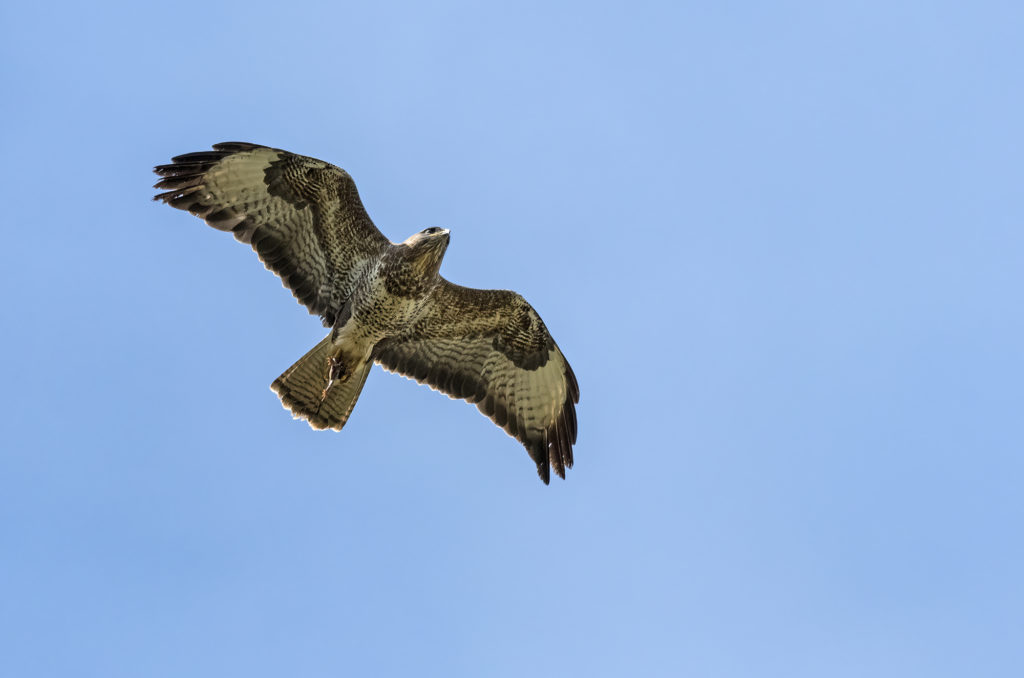
In 2020, I did a few online courses on bird identification, nature writing and photography, and I continued my studies in 2021. As a result, I’m more confident in my skills and enjoy the buzz (hence the common buzzard image above) I get from putting my learning into practice. If you’re keen on expanding your skills – and making some new friends – I would recommend:
- British Trust for Ornithology (BTO) online ID courses
- Nature writing courses taught online by Stephen Moss via Hawkwood College
- Andy Parkinson Masterclasses
Focussing on the New Year
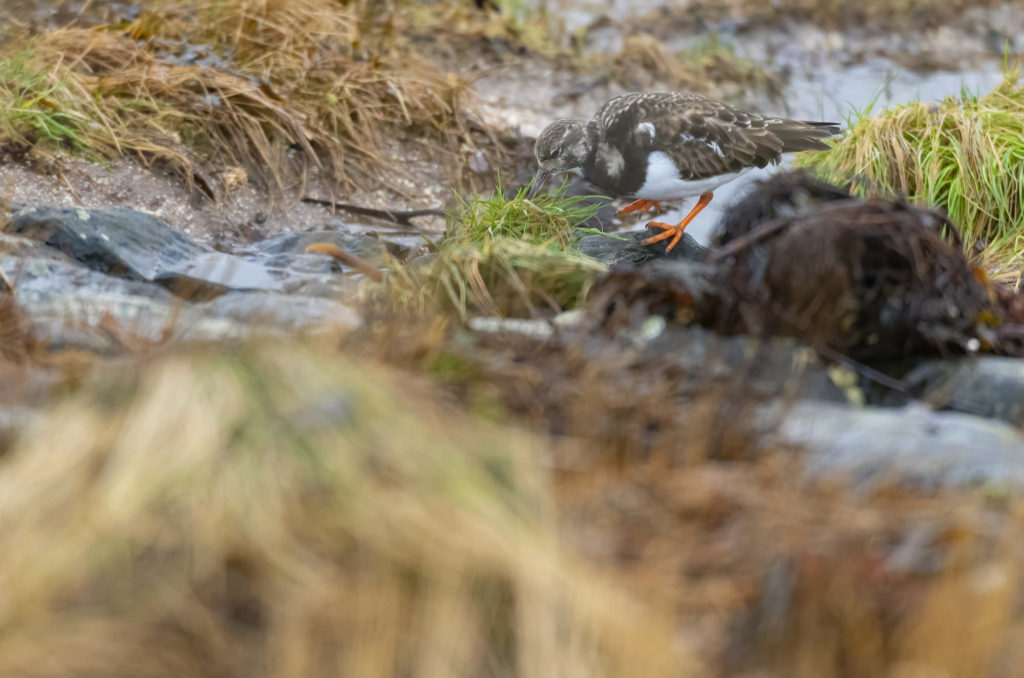
The first set of images I captured this year was on a New Years Day walk at one of my favourite locations, Lunderston Bay. With a bit of patience, I was able to spend some time with a flock of turnstones. These medium-sized sandpipers were constantly on the move, turning over the grass and seaweed while getting ever closer to the chunk of driftwood where I was sitting. It feels appropriate to share images of these birds today; I am looking forward to another busy year of wildlife photography and constantly moving closer to reaching my goals.
As a reminder, my goals from 2021 were:
- Sort out my local patch project
- Take advantage of the wealth of knowledge and facilities that people make available through books, blogs, renting their hides, public talks etc
- Encourage people to rethink their attitudes to perceived pest species
- Not to get frustrated – It can feel like a struggle to get the most out of my wildlife photography when I seem to be fitting it in around everything else. But, instead of cursing the lack of time in the field, I am going to celebrate every moment I get with my subjects, however fleeting.
- Share more on my website and social media.
These remain relevant for 2022, but I also hope to:
- Explore new locations locally and around the UK (once restrictions allow)
- Help other amateur wildlife photographers through my top tips video series
- Reduce symptoms of imposter syndrome, which I regularly suffer from, by continuing my development, hopefully including gaining a photography qualification.
As always, I want to enjoy the incredible encounters I have with the natural world, but I also want to be ready to take up every opportunity to hone my craft. My wildlife photography ambition for 2022 is to leave no stone unturned.

